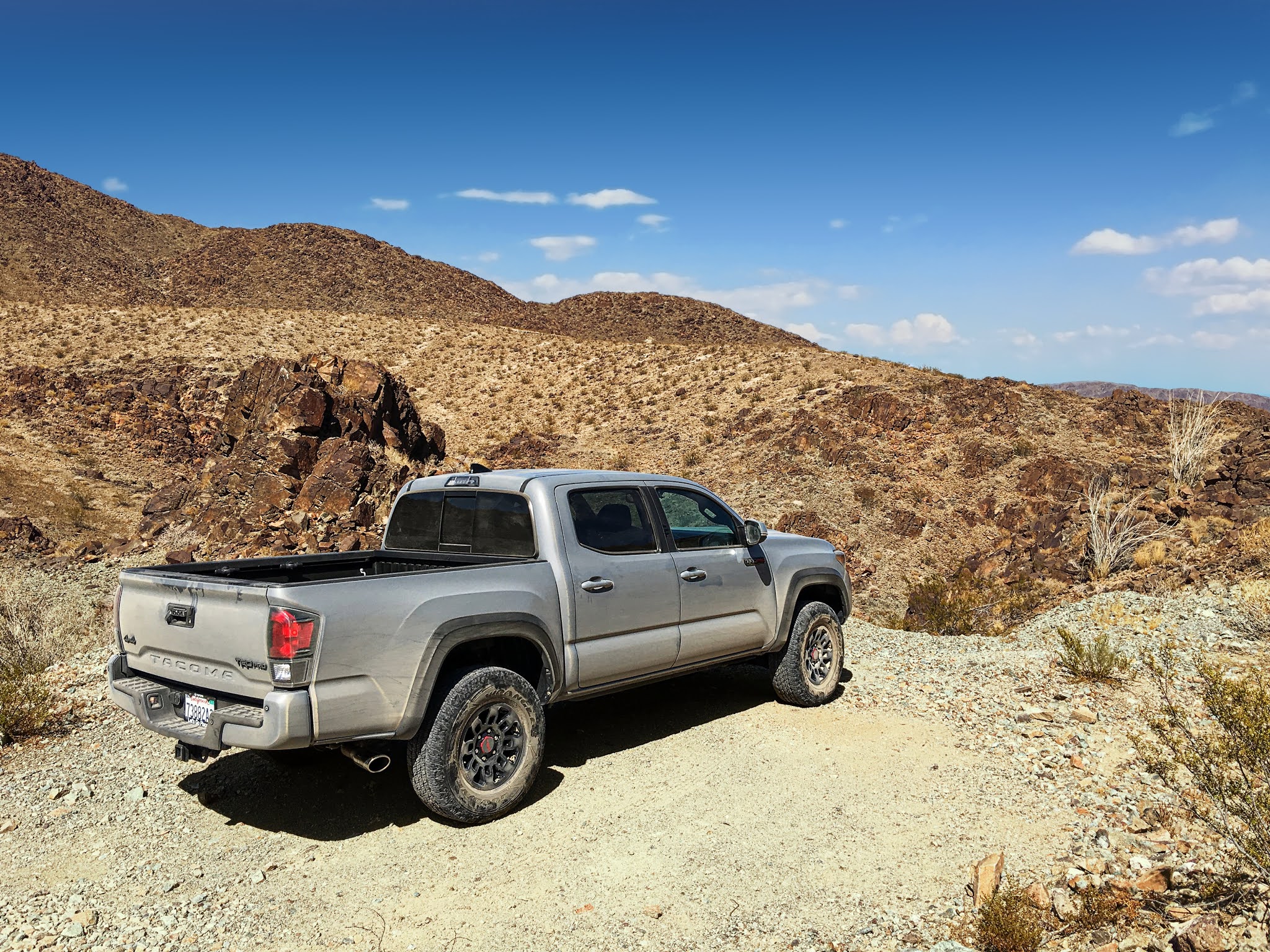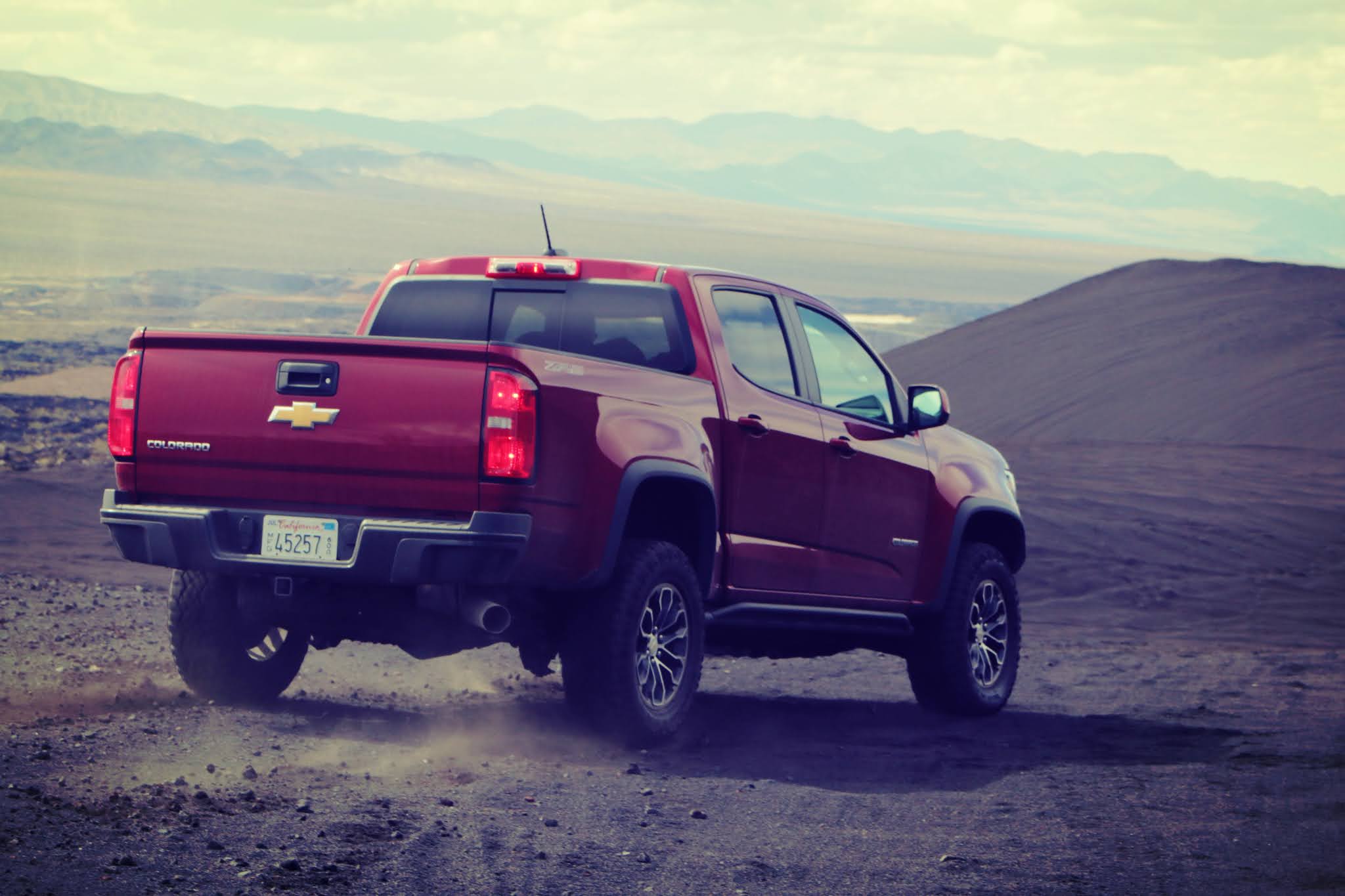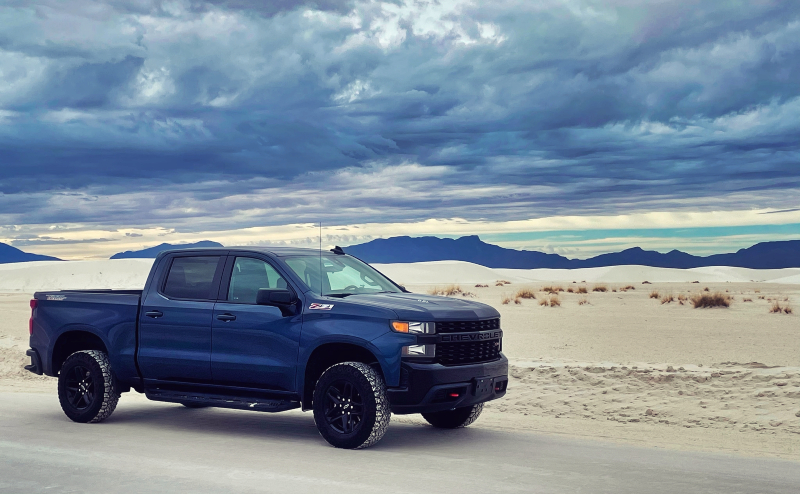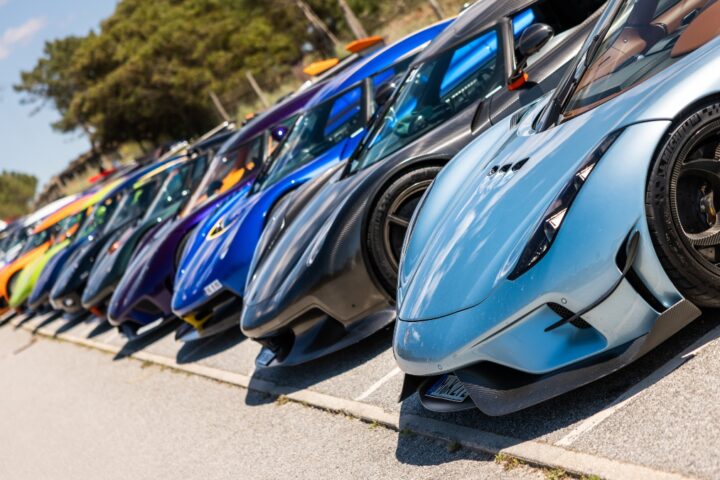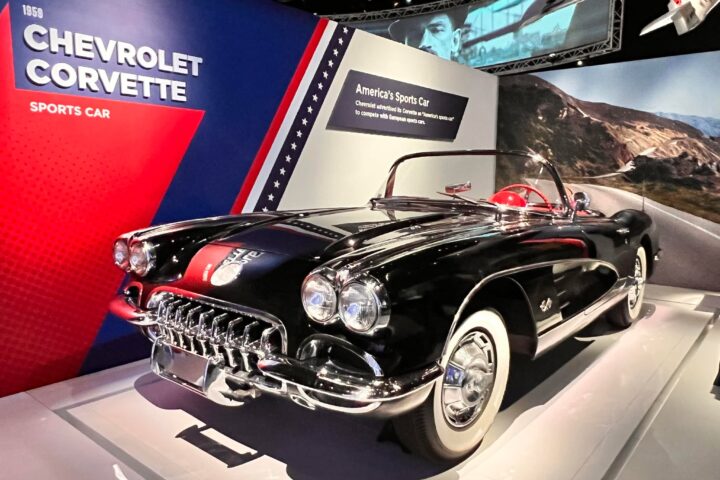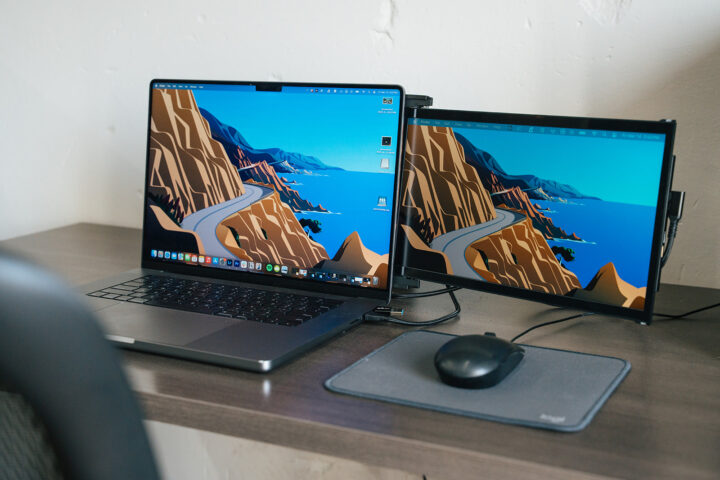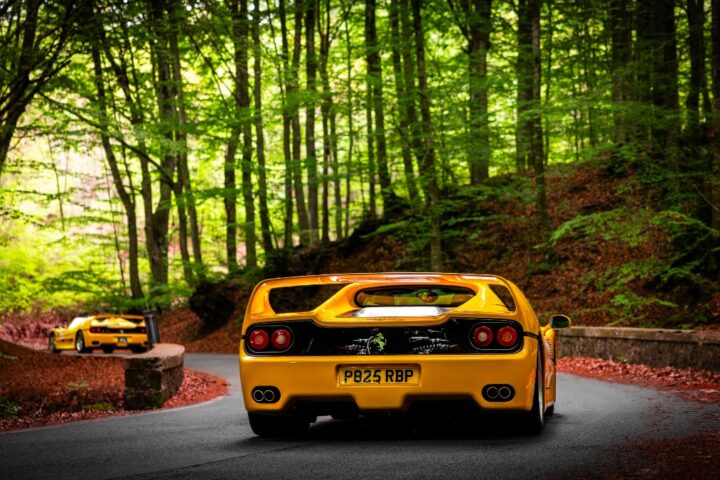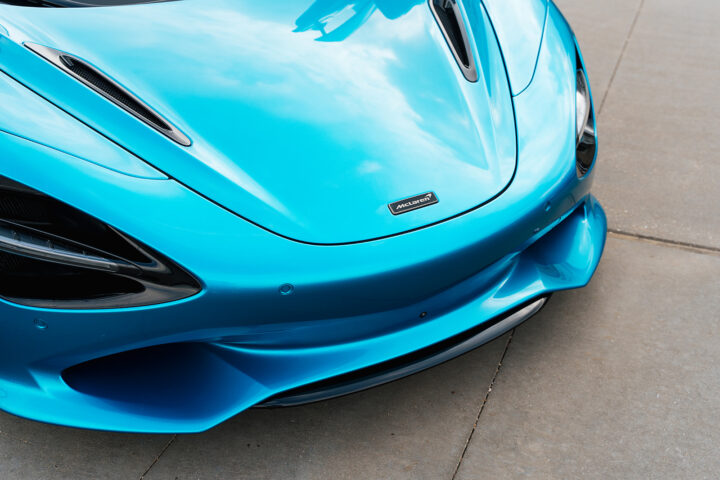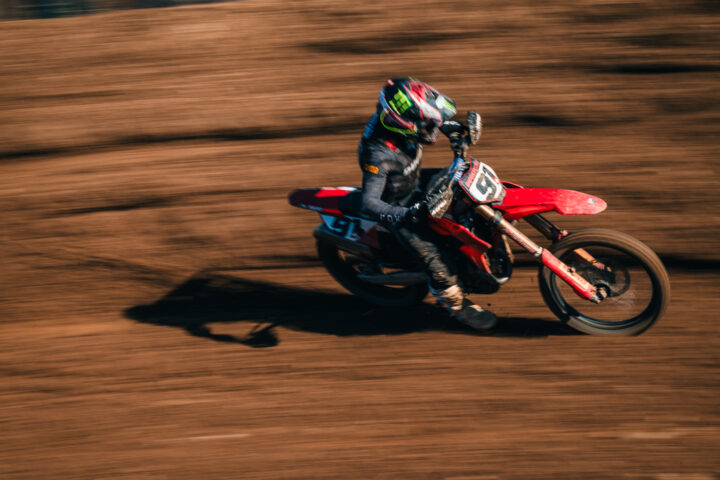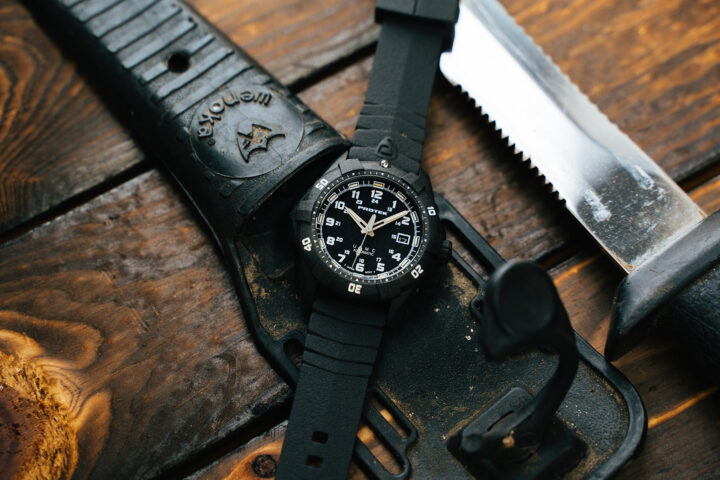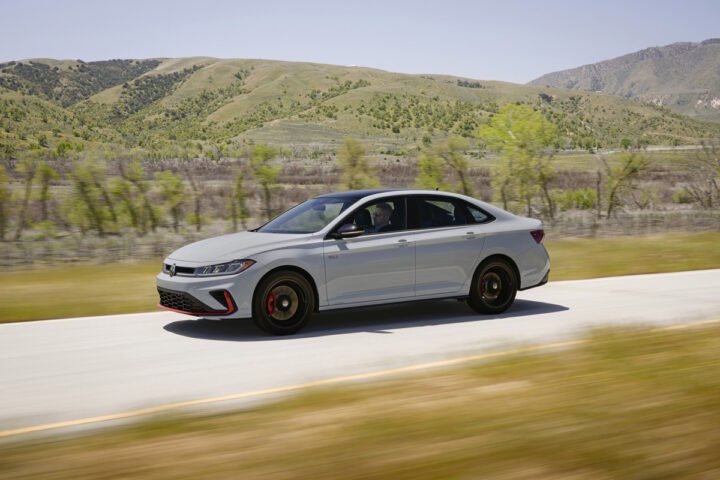TGR Staff
This might sound obvious, but it’s quite important to consider just why we love to drive from time to time. It’s that sense of freedom, of exploration and adventure that often gets hobbyist drivers behind the wheel. It’s the ability to tinker with our vehicles that help reinforce the driving experience for the better, as well as joining a community of practitioners in the know.
For that reason, and certainly, for the tail end of a pandemic, it can be nice to plan a return to driving for driving’s sake, just to enjoy our pastime and to viscerally see and explore society opening up once more. If you follow our guide that helps you pluck up the courage to get behind the wheel again, you’ll not only feel confident enough after a long absence of driving for pleasure, but you’ll thrive behind the wheel.
A large driving event, such as a long, rural driving road trip, can be a great way to decompress and explore with your friends. In this post, we’ll discuss how to make the most of this adventure in the best and safest possible light:
Ensure You Have Emergency Vehicle Equipment On Hand
It’s a wise idea to make an emergency pack you can use to ensure that no matter where you drive to, or where you break down, or what weather conditions you encounter, you have access to a range of tools or nourishing items you can use to stay safe.
This can involve vehicular tools to keep you safe. From high visibility triangles to ensure breakdowns at the side of the ride are immediately seen even in dark conditions or bad weather, to ensuring our spare tires are there to be replaced if necessary, making sure your rural driving is backed up by emergency additions can help you in a pickle.
For instance, using a 4×4 vehicle with a tow winch can help you get out of tough scenarios, especially if driving in notably wet environments. You don’t have to be driving through fields or up the side of a steep mountain to make use of these tools, and you’ll no doubt find that if you hope to drive in any off-road capacity at all.
Fit The Tires Right, And Fit The Right Tires
Fitting the tires right is a real necessity, but fitting the right tires is also fundamental. Finding the best off-road wheels can help your large vehicle with longevity even if you only plan to drive on a few beaches or an open field to attend a festival, as it can stop you from getting stuck, as well as damaging tires unsuitable for the task.
Make sure that they are at the right pressure, that you have puncture repair kits necessary for getting you to a mechanics more easily, and that you keep the aforementioned spare tire in great condition on the way there. This can make a tremendous difference in case your car suffers an issue or a puncture, and may really help you out of a jam.
Plan Your Route With Several Backups
Planning your route forward with several backups in tow can be very helpful because if you know where you’re going, you’re less likely to get lost. Of course, this might not be as absolutely essential when we have GPS signals, but even then, going over exactly what routes you should take, which may be more scenic, where traffic is likely to gather and where storms could be moving can help us drive more safely.
You can also decide where and when is most suitable to drive. For instance, it might be that yes, you’re looking for the rural driving experience, but making your way through fords or squeezing down hillside roads with a steep risk is not your cup of tea. Planning your route can also help you make the most of a road trip by avoiding traffic, which is beneficial for obvious reasons.
We’d also definitely recommend taking some time to consider alternate routes just in case traffic takes you by surprise, or if you find a landmark you hope to visit on the way. It might sound unexpected when curating your plans, but part of the fun when enjoying a road trip is taking the time to explore and see what else is out there, at least occasionally, and getting lost really dampens that experience.
Plan Stops and Rest
Remember that while you may be excited and wish to explore many places at one time, it’s important to milestone your journey and stop to rest from time to time.
This can mean scheduling your route so that you come across hotels and other easy overnight stay services when necessary. Or, of course, you could choose to camp out in approved camping grounds with access to utilities, or even drive in a vehicle such as a rented RV or caravan designed to help you relax.
Just make sure that you have the fixtures necessary for those latter options to work well, such as making sure you have a gas cylinder for your cooking, and large distilled water jugs you can use for a variety of hygienic purposes. This way, you can avoid being caught in a tired frame of mind, as well as going without the kind of comforts you need on a particularly cold night.
Consider The Surroundings & Driving Environments
It’s important to do your best to consider just what kind of environments you’ll be driving in. A large, full-family, fully-equipped, elevated RV might not be appropriate to drive on quaint and historical European roads. For that reason, you may only find yourself sticking to main roads or other environments that take you away from the beautiful horizons you were chasing.
If driving in Scotland, a gorgeous country with astounding geography, you might find that your old, humble but ultimately beat-up roadster can struggle to get over the very many hills to be found in this area.
Sure, when hoping to enjoy a lovely and surprising road trip, you don’t wish to spoil every nice experience on the horizon, but it’s good to go in prepared and know just what your driving might entail. You may also find it worthwhile to gauge just how much fuel may be needed on your travels, allowing you to move forward with costing the entire trip before you go.
Know Who To Call When There’s Been An Accident
In order to make sure you’re well prepared for any eventuality, it’s worthwhile to have a speed dial list of contacts you can speak to immediately in the aftermath of a crash. From a car accident lawyer to your insurers, it’s good to have them all readily available in order to jump into action.
Make A Shared Driving Plan
Driving somewhere with your friends can be a great idea, but it’s also true that making a shared driving plan can be a good idea. Perhaps both you and a friend are insured for driving your camping van, and so switching out interchangeably when one is a little tired or fatigued can help the safety of everyone in the vehicle, and certainly those you share the road with.
A shared driving plan might mean one person drives all the way there and another all the way back, or it could mean interchanging this day by day. No matter what works for you, be sure to choose an option that feels realistic, and don’t overestimate yourself. Driving is tiring, and it’s perfectly fine to admit that.
Curate Your Awesome Playlist
Curating your awesome playlist can make a massive difference to how the event feels, and the kinds of vibes you bring along with you.
This might seem like a silly addition, especially in a list that clearly and directly expresses the need for driving safety, but no, without a great soundtrack, your road trip is incomplete. Thankfully, the days of having to burn disc after disc in preparation are now over (despite that holding something of a quaint charm), and so collecting together a few Spotify playlists can be a great idea.
Just make sure that even when you’re singing your heart out to a ballad on the way to the next destination, you don’t play the music so loud that you’re not sure what’s happening on the roads. We don’t mean to seem like a nagging parent, but it’s very easy to be distracted by such enthusiasm and find yourself in a tricky spot. Like with all fun, make sure to balance it out. Just as balancing house, old-school rap and some classic rock ballads will make for the perfect driving playlist.
Bring Along Food and Water
We started the post discussing the need for a vehicle maintenance kit, but having some items on hand to keep yourself safe can work wonders too. This might involve blankets, tinned food, and water just in case you break down somewhere at night and need to wait for help. It means bringing a utility tool in case you need to crack a window in a difficult situation. A flashlight and even walkie-talkies can help you while camping and driving in rural areas. Little additions like this might seem useless until you need them, and when that happens, you’ll thank your past self for their preparedness.
With this advice, we hope you can apply the diligent preparation needed when scheduling a long, rural driving adventure and road trip. Oh, and we certainly hope you have a wonderful time, too.

